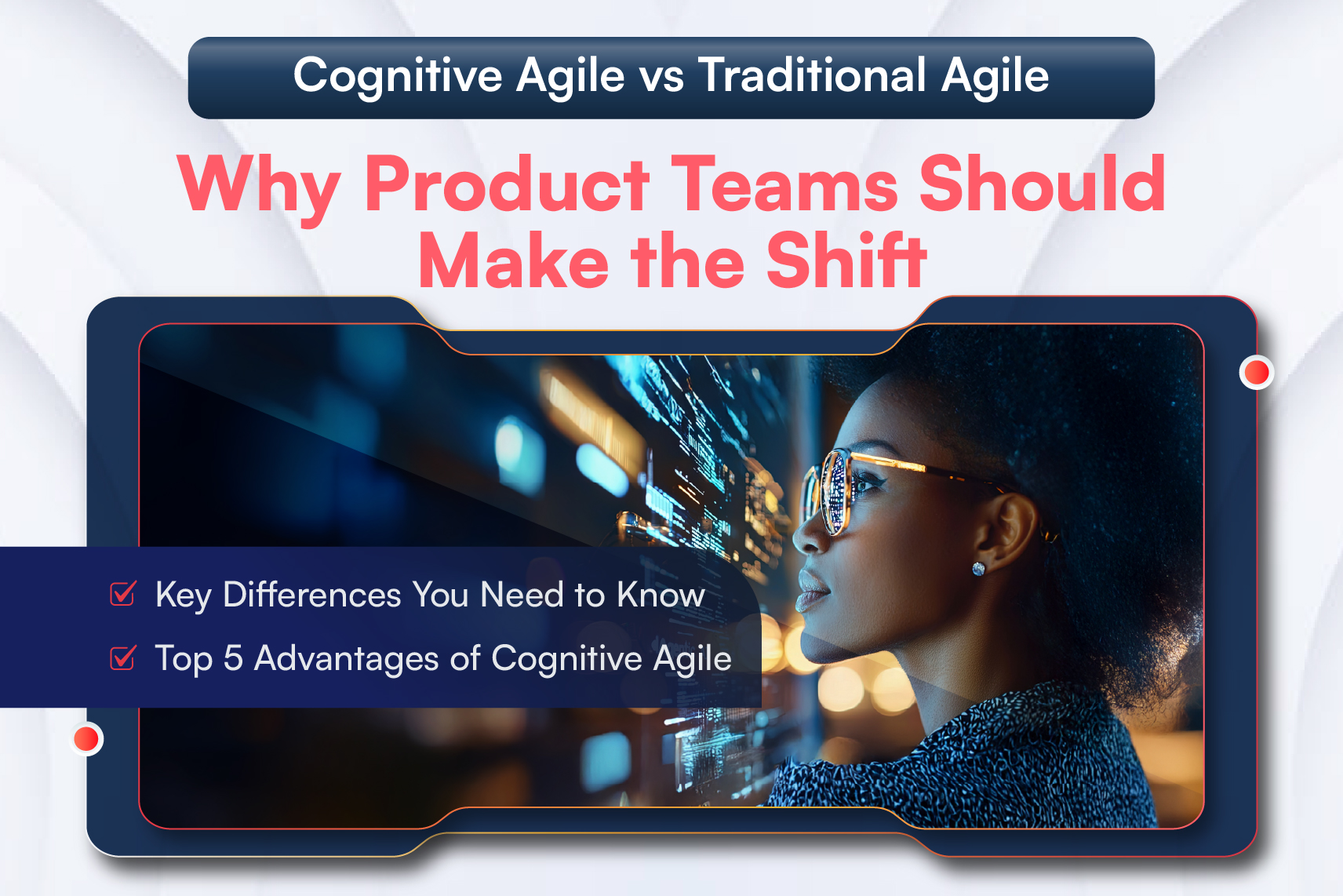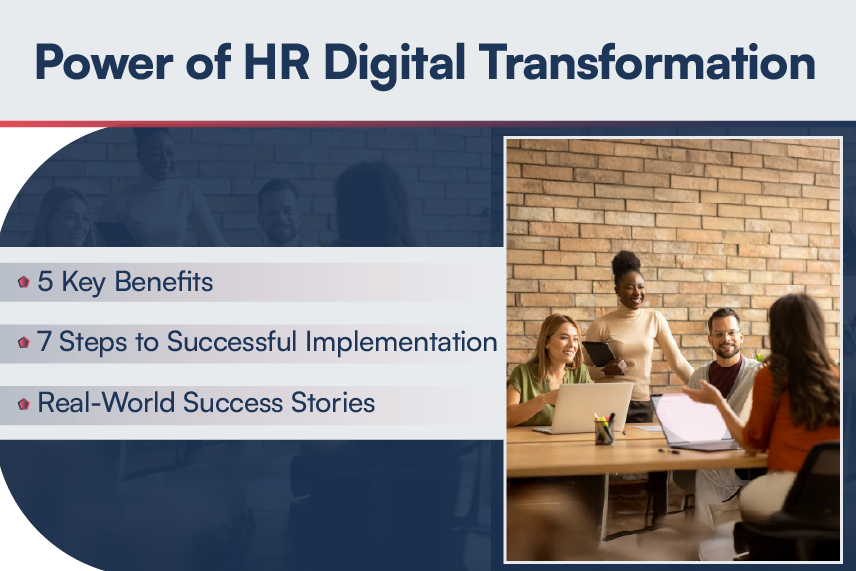
“Think about the advantage of a place where talent wants to stay 25 years. Your turnover is lower, you don’t have as many people you have to train every year, break in every year, you don’t have as many mistakes. A seasoned workforce does a better job – and they cost you less money.”
David Rodriguez, CHRO, Marriott (Source)
Every organization has a culture that is unique to itself; this is what differentiates it from others. Organizational culture is an underlying aspect that has a significant impact on retaining key talent.
Being an eLearning development company, we create corporate training programs for many of our clients. We noticed that most companies tend to ignore organizational culture while developing online training. Since it is such an important consideration, we now attempt to capture the organization’s culture in its online training. Let me explain this with two interesting customer stories. Read on!
Online Training Module for a Restaurant Chain
A well-known restaurant chain (Name confidential) needed to frequently train new hires in multiple locations. It was a challenge for their trainers to travel to each franchise and train new hires on regular basis. There was a clear need for an online training program and hence this organization approached us. Realizing that their organizational culture was important to the company, we decided infuse the brand’s culture into the online training.
Here are few things we did that made this training program much sought after, both by the organization and its employees:
- We used caricatures of their key employees as mentors in the courses. The caricatures ranged from the owner of the restaurant chain to representatives from each work delivery. This included employees at the point of sale, to the ones preparing the order, to those delivering the order. This helped new employees establish a connection with the people in the organization.
- We used real voices of the owner and the employees instead of voices by professional artists. We also used actual photographs of the restaurant and its customers and inserted them at relevant places within the course to create a familiar look and feel.
- We also included real-time videos of various activities performed in the restaurant such as cooking, cleaning, customer service, etc. to help make the training more impactful.
Interesting, isn’t it? It helped us bring the complete restaurant environment right into the course. And as you must have imagined, it wasn’t even too expensive or time-consuming to make this happen. But the results were amazing!
Values Based Training Module for a Non-Profit Organization
Another example was for a non-profit organization, for the organizational values were central to their everyday work.
Diversity was an important value for the organization and by using employee photographs we were able to convey the organization’s value in our course. Employee photographs also accompanied narrations of real-life stories of how they have included the organization’s values-based culture in their work situations. This helped convey how the values can be practiced by learners on their jobs.
This course too, like the previous one, incorporated voices of employees to create a connection and lend a feel of authenticity.
Such courses tend to have a strong impact as each course is unique to the organization. It also helps bring in the feel of the organization into an online learning course and creates an engaging and rewarding experience for the learners.
An added advantage of this approach is that these courses turn out more cost-effective too
- Since the voices used in the course are of employees, the organization saves on professional recording cost.
- By using various on-site photographs of locations, real employees, in-house videos, there is no need to purchase any kind of stock images or videos.
Have you seen or come across such courses that capture the organization’s culture in interesting and cost-effective ways? I would be happy to know your thoughts on the same through comments below.






